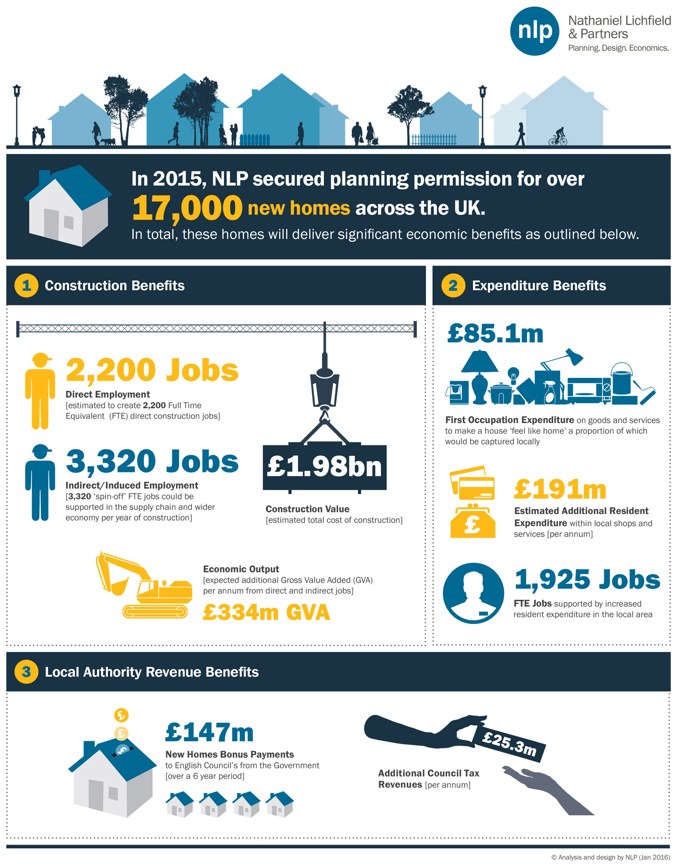London’s rapidly increasing population will soon outstrip its historic peak of 8.61 million in 1939. It is anticipated that by 2036, the population could reach 10 million. The associated difficulty of building enough homes to accommodate another 1.5 million people is a well-recognised and rehearsed rhetoric and is set to be one of the key battlegrounds of London’s impending Mayoral Election in May 2016.
The Mayor’s Design Advisory Group (MDAG) recently launched ‘Growing London’, the first of four strategic papers comprising its ‘Good Growth Agenda’. This paper seeks to address the question of what shape a future London will take, where people will live, and how we can balance high densities with good quality design.
The Mayor’s Design Advisory Group (MDAG) recently launched ‘Growing London’, the first of four strategic papers comprising its ‘Good Growth Agenda’. This paper seeks to address the question of what shape a future London will take, where people will live, and how we can balance high densities with good quality design.
A key recommendation is the importance of planning to absorb the majority of growth within London’s boundaries, constrained within the parameters set by an extensive Green Belt. The need to develop more densely, within the context of the existing urban fabric, is emphasised.
At the heart of this approach is the London Plan’s density matrix. As outlined by my colleague Malcolm Hockaday, this sets out indicative density ranges according to public transport infrastructure (PTAL) and setting (‘suburban’, ‘urban’, or ‘central’). Whilst a useful tool for planners when assessing particular schemes, it can be argued that the density matrix provides a limited understanding of a place’s capacity for a particular density; PTAL alone is a relatively crude measure and setting categories are inherently subjective. As such, ‘Growing London’ suggests other, more nuanced measures should be introduced to reflect the complexities of London.
The GLA has previously indicated that its density guidance is intended to be interpreted with flexibility rather than mechanistically and should not represent an artificial upper limit inhibiting otherwise acceptable development. To this end, ‘Growing London’ recognises that nearly half of all development proposed last year and over a quarter of London’s development pipeline is above the thresholds set out in the matrix. MDAG therefore recommends that policies are updated and research undertaken to better understand the challenges and opportunities of building at densities higher than the top range of 405 units per hectare.
It is clear from the above comment that delivering large numbers of new homes with more limited land availability is resulting in a new generation of high density developments. One example is the new masterplan for the Greenwich Peninsula, which NLP secured planning permission for in September 2015. 12,678 residential units are to be delivered on this 80 hectare site, with an average density of 425 units per hectare; the proposal for residential intensification was strongly supported by the GLA.
The City and the area surrounding Queen Elizabeth Olympic Park are also undergoing considerable regeneration, with a number of tall buildings emerging. Goodmans Fields, Turnberry Quay, 150 High Street and Icona are all NLP projects that we helped to secure planning permission for.
Yet, when put into context with historic densities and with other global cities, London’s density remains comparatively low. London’s peak residential density of 271 people per hectare is less than a third of that in New York and less than one sixth of Hong Kong’s. The average density in Paris, which is perhaps a better comparator for London, stands at 21,500 people per km², which is higher than the peak measured for London of 17,324.
This is not an argument in itself that London should become denser. However, it is clear that development is spreading upwards rather than outwards as there is increasingly nowhere else for it to go; Green Belt and high land values are, at least in part, forcing our hand. Planning has a crucial role to play in balancing the need to support higher densities in appropriate locations to deliver more and better homes against the need to protect people and places from over development and urban sprawl. Should the new Mayor wish to expedite a review of the London Plan, this will provide a window to draw upon the recommendations of the ‘Good Growth Agenda’. It will be interesting to see the extent to which, if at all, the current and arguably limiting and simplistic density policies and density matrix are reformed.



